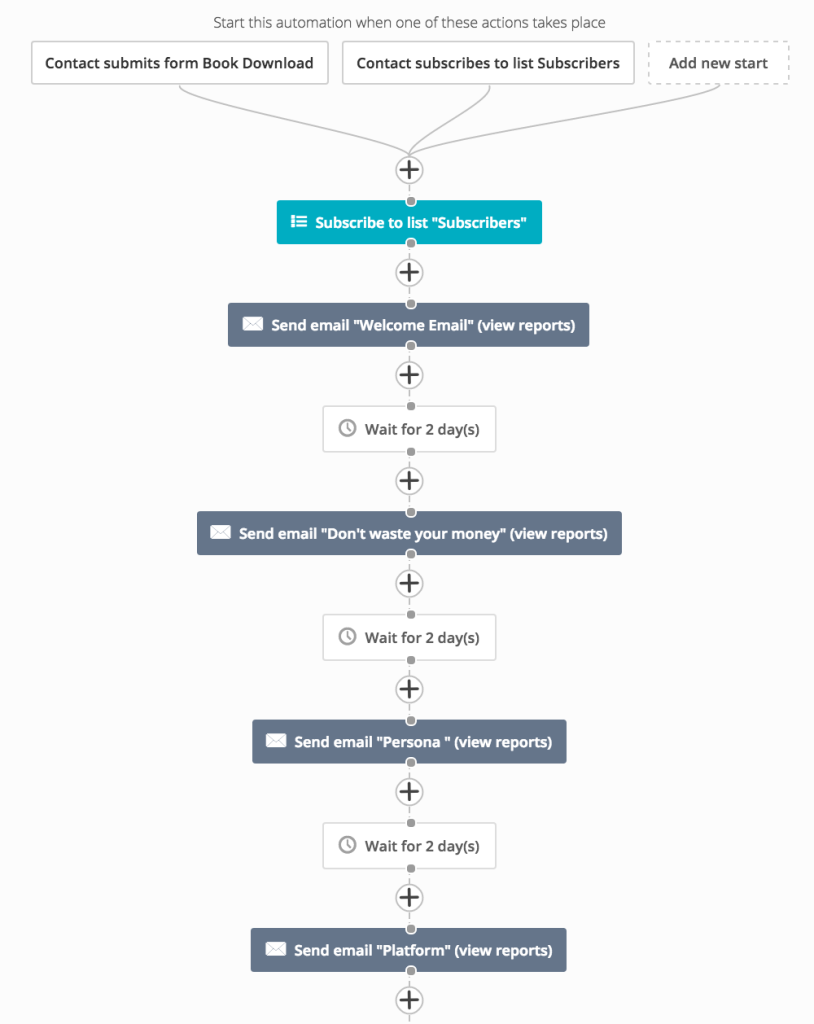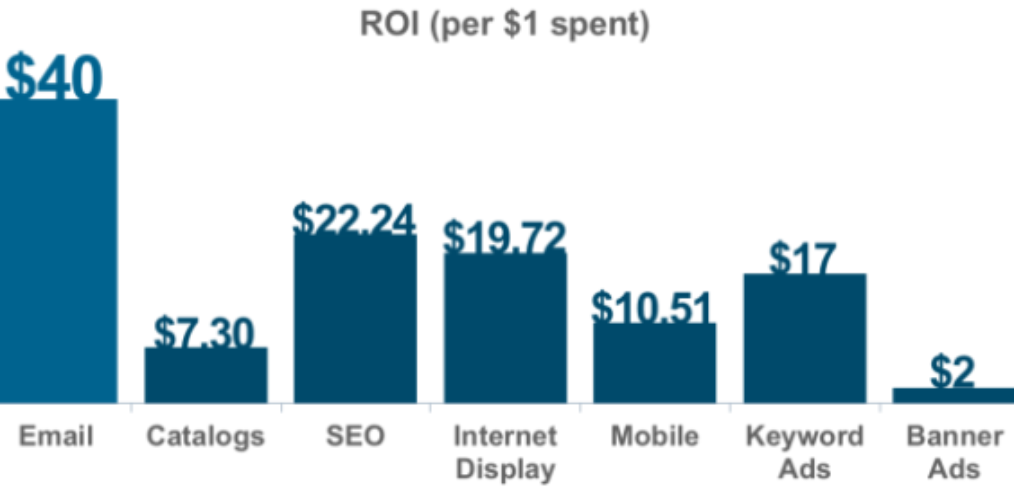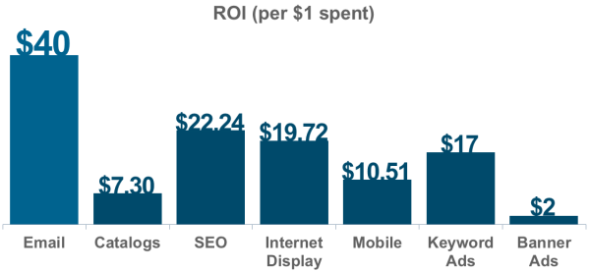Every week I get a number of questions from people who visit my site. A lot of the answers I give can benefit others so this week I will answer them in public.
Leave a comment if you have something similar irking you or have a perspective on the questions.
Q My burning question is…How can I find my voice on social media? At the moment I feel like I’m just posting for the sake of posting but my unique voice isn’t there and I don’t know how to make it shine through to ensure I stand out in the crowd.
Louise Deed – www.indeedwecan.co.nz
A Facebook is a huge channel. When approaching it from a marketing perspective it’s easy to fall into the trap of approaching it differently than we do when we are using it with our friends and family.
Pay attention to what you share, like and comment on in your own feed. Are they overt, direct marketing and sales messages? Probably not.
Businesses get traction on social media when they share and curate stories their audience resonate with. People share and interact with these stories when they make them look good in-front of their peers or reaffirm already held beliefs. Look at Humans of New York or Upworthy for examples of this.
In the case of a virtual assistant service; aligning with the audiences beliefs around freedom, entrepreneurship and the concept of being ‘busy’ would be a start. Purely the act of curating content for this audience is valuable to them. Giving in this way without expectation of return will paradoxically give you a far greater return in every area.
Anonymous (question is from an NZ based ecommerce website owner)
A Without an overall strategy hiring an internal marketing person will replicate what you’re doing now – just with an extra salary on the payroll. If you are going to hire someone you either need to prepare a strategy for them to execute or hire someone at a level that they will do it for you.
Many companies engage outside help (like me) at this point. The strategy comes first and gives them confidence that the investment they are making in a new staff member is much more likely to succeed. This approach also helps focus on what type of skill set you should be hiring for rather than just a ‘marketing person’.
In summary; work out what you should be doing to grow your business and it will become clearer who should do it.
Q I’m starting a price comparison website.
Am I stupid getting data from websites who I won’t be making money from (eg via referral or them buying ‘clicks’)
Drew – suppmarket.co.nz
A Short answer:
No – You’re not stupid. Get as much data as possible
Long answer:
Ask yourself the question: What is right for the audience?
The nature of a marketplace like a price comparison site is providing transparency to the consumer. To provide price transparency you will need the largest source of data available. This means publishing content without a clear revenue model.
I’ve designed or run (and continue to) dozens of B2C marketplaces and have learned to always make strategic decisions that favour the consumer side. Marketplaces aggregate demand and supply. You need supply on one side, in this case groceries, before you can generate demand on the other side. Look at how many people have tried to compete with TradeMe but lacked supply of listings to attract enough buyers…
Businesses will always go to where the audience is. Build a valuable audience and then you can commercialise them on your terms.










